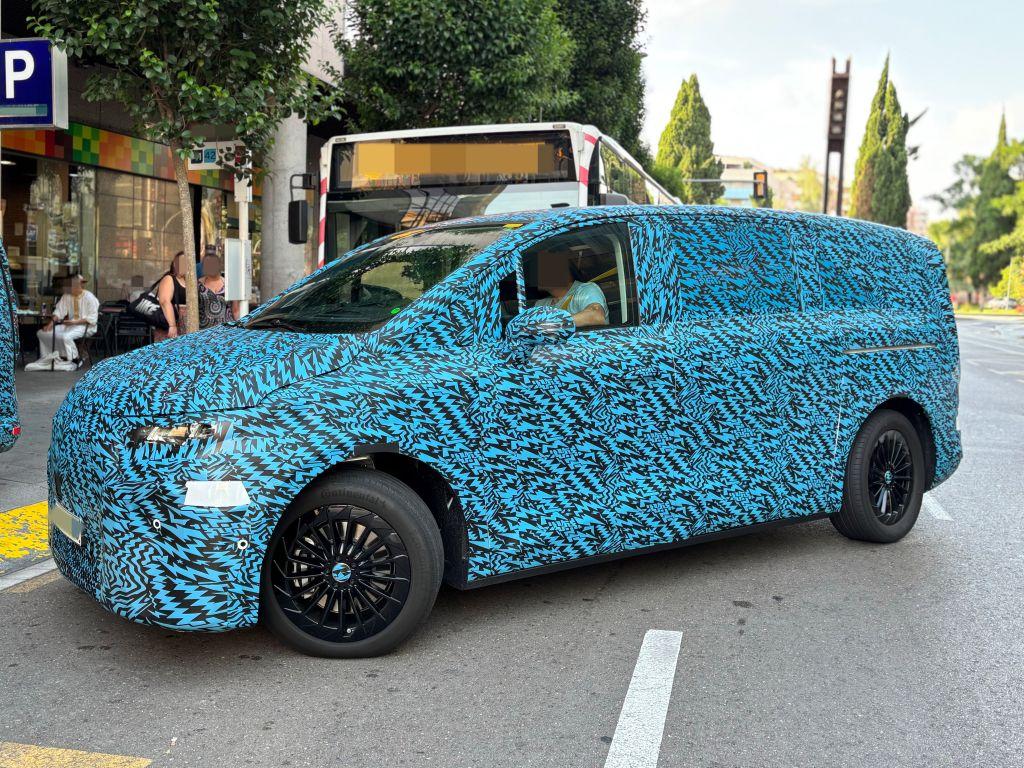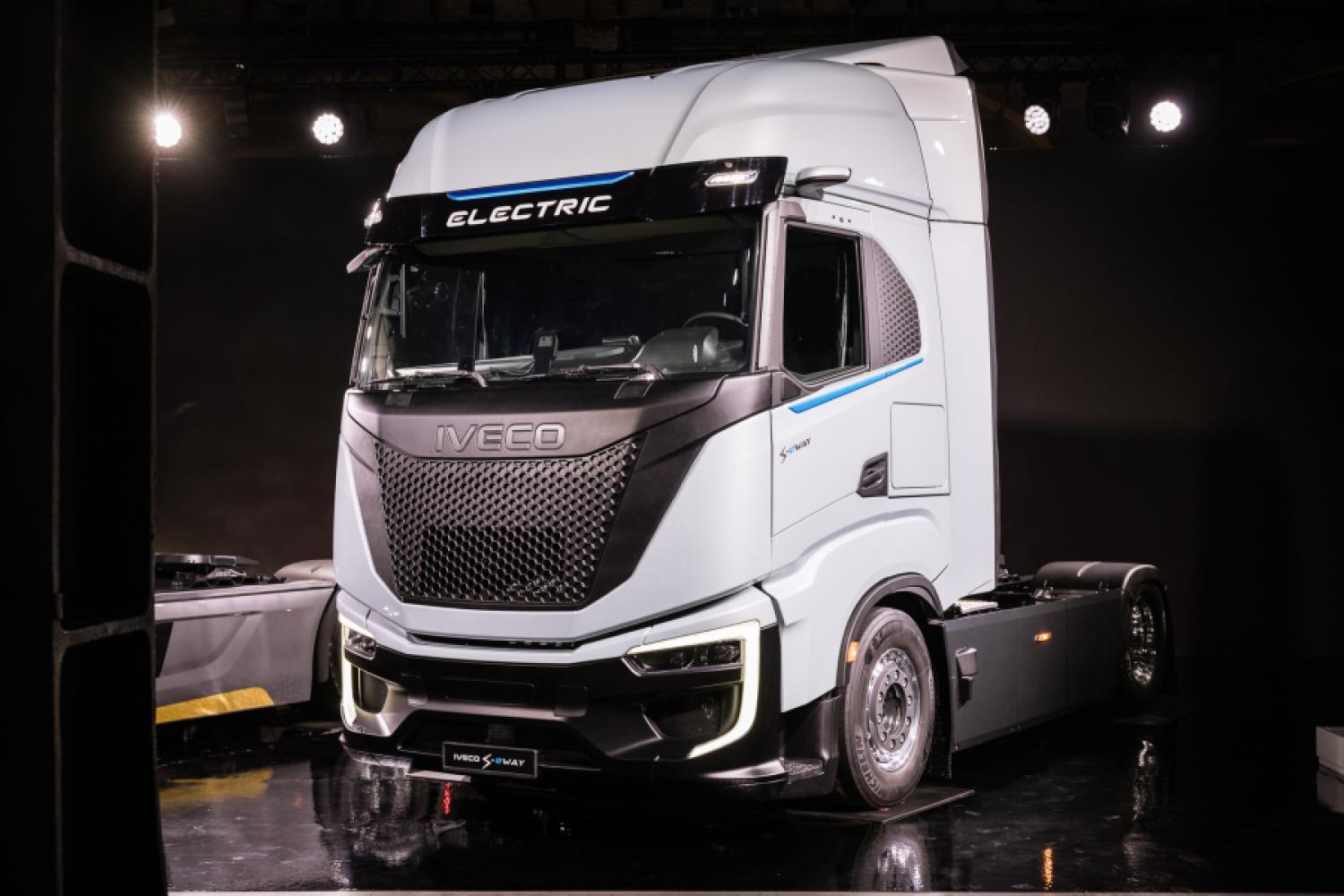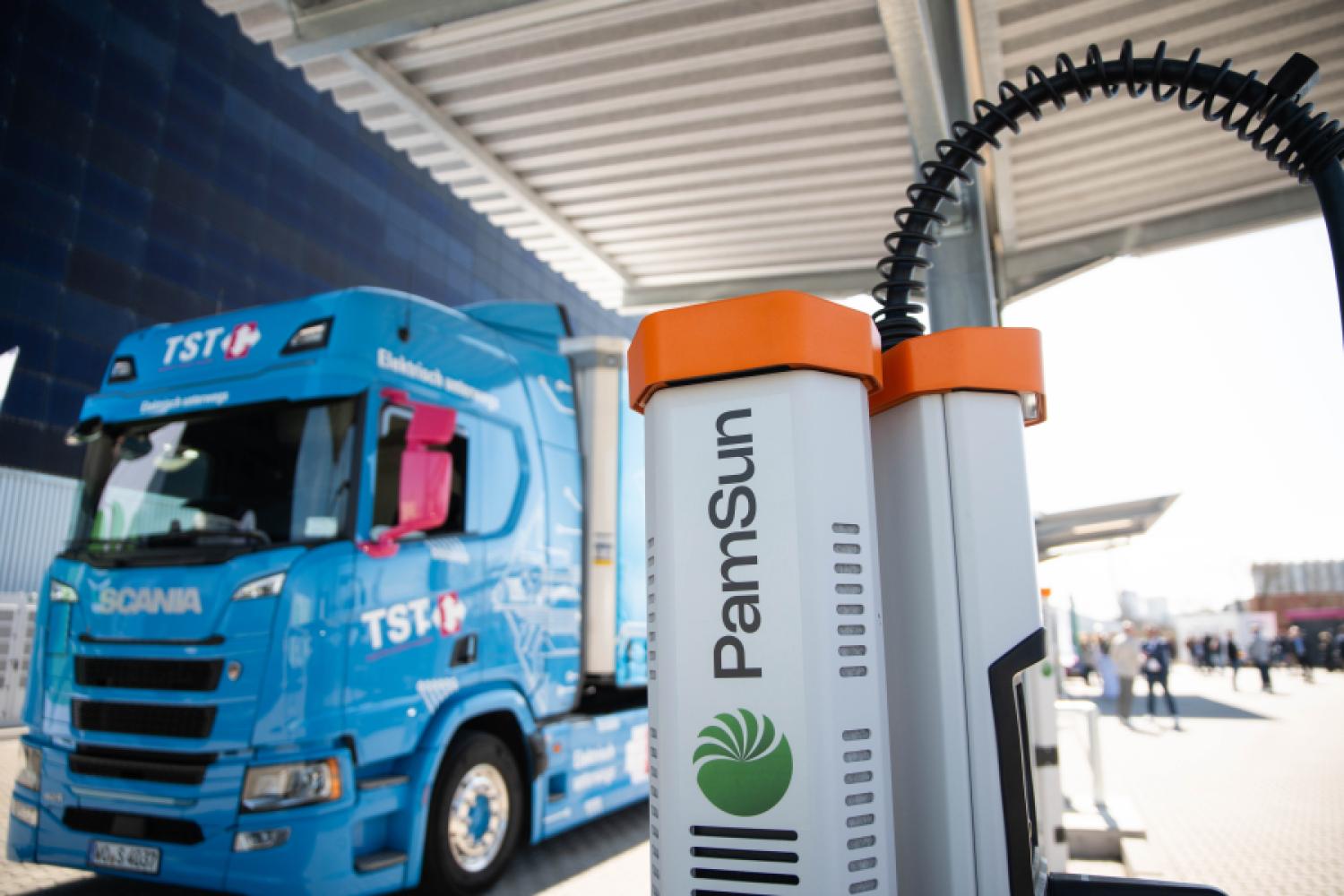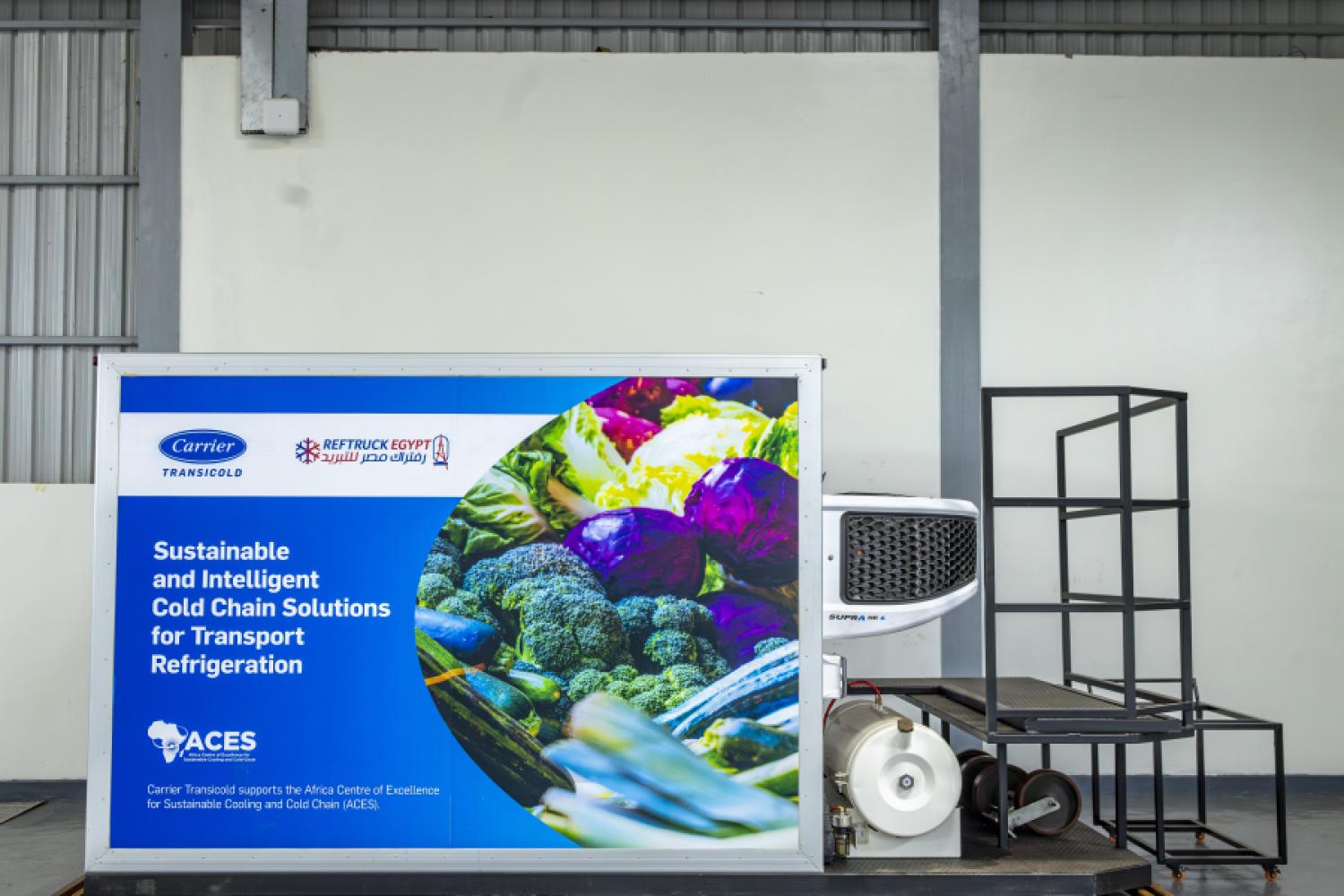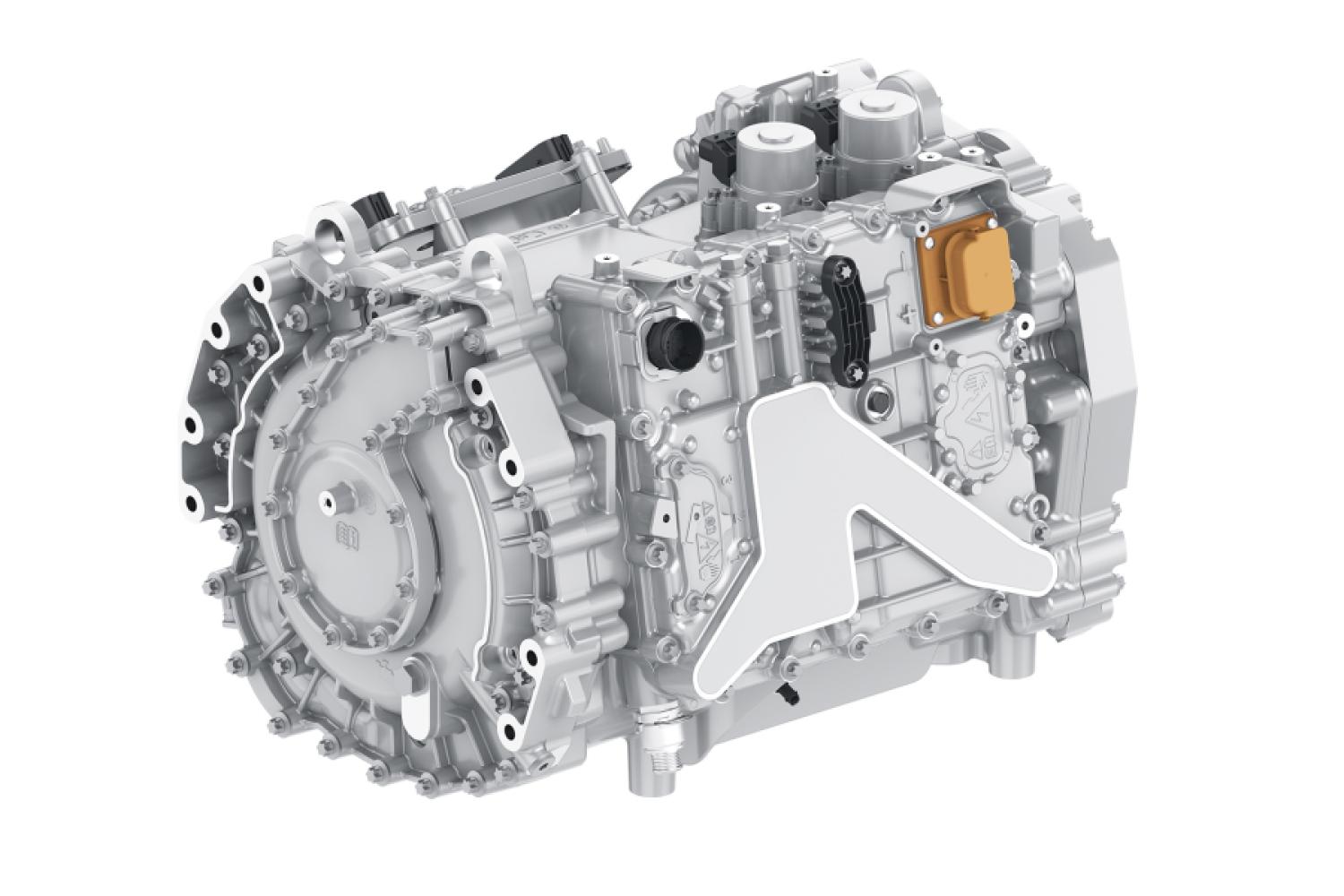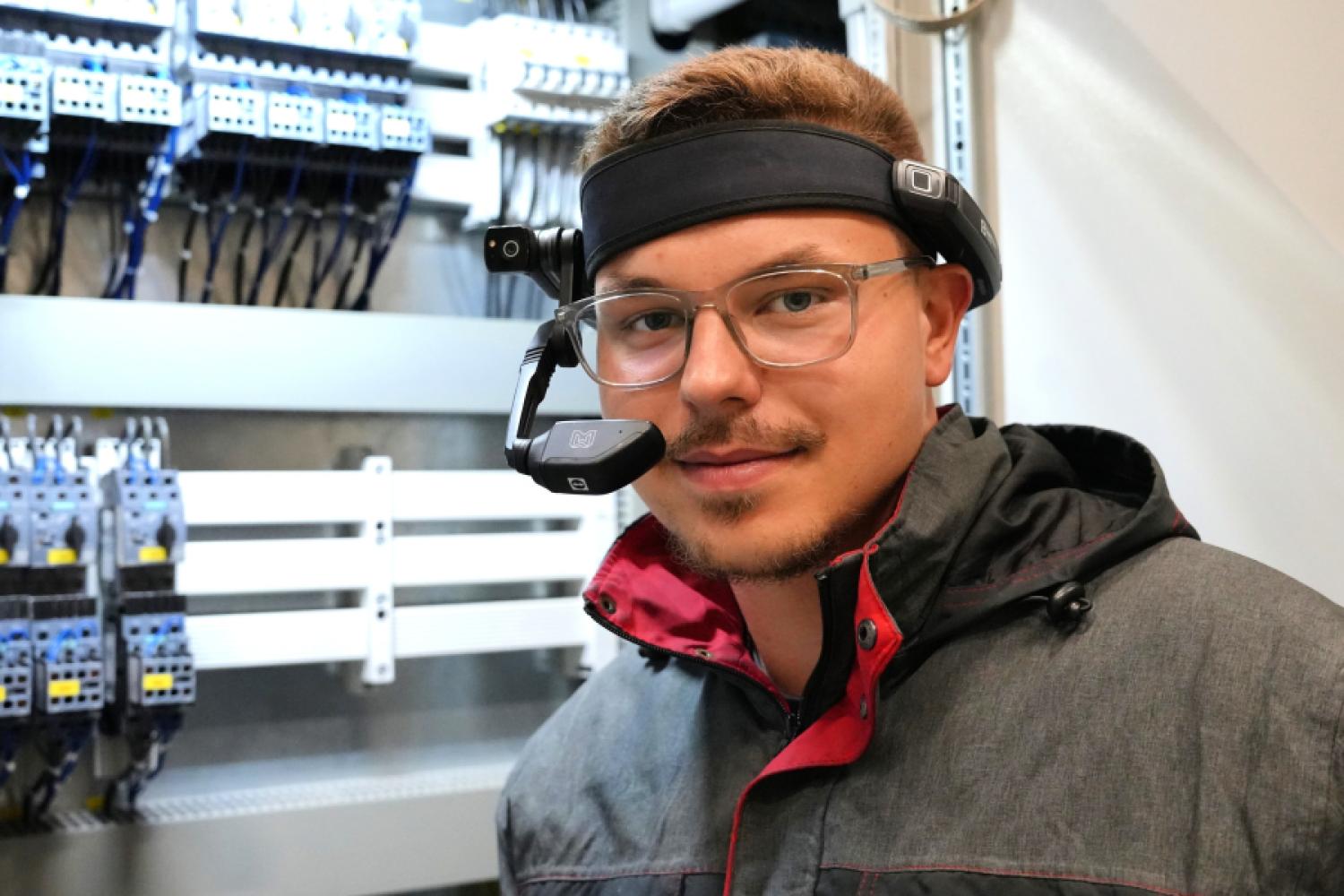The successor to the Mercedes Vito and V-Class, or eVito and EQV respectively, is gaining momentum - and has now demonstrated its potential as a universal electric luxury van on a long-distance journey. The trip from Stuttgart to Rome was almost 1,100 kilometers long, and Mercedes claims that the VLE required only two 15-minute charging stops to reach its destination. The prototype was not spared: when it departed Stuttgart, the outside temperature was 11 degrees Celsius, and upon arrival in Rome, it was 33 degrees, with the interior air-conditioned to 22 degrees throughout the trip.
Thanks to its rear-wheel steering, the VLE proved to be very agile on winding roads and narrow streets, according to the manufacturer. The van architecture is expected to allow clear differentiation from 2026 onwards, between privately positioned "Grand
Limousines" - a new term from Swabia - and commercially used vans, which are not meant to share much more than the basics with the luxe model.
"Our future luxury vans have once again impressively proven their everyday usability over long distances. With just two short charging stops from Stuttgart to Rome, the Mercedes-Benz VLE demonstrates the high efficiency of our new Van Electric Architecture," says Andreas Zygan, Head of Development at Mercedes-Benz Vans.
All these tests were conducted either with so-called "mules" or with finished prototypes in production form. Now, Mercedes has taken the next step and brought its latest prototypes with production headlights at the front and rear onto the streets. As expected from "Benz," there are two stars side by side at the front for the daytime running lights and
indicators. You can also expect an upright and large-format grill typical to the company, possibly with stylistic chrome applications.
And perhaps the VLE will also incorporate the "muscular" powerdomes of the Vision V study, as suggested by the first images of the "production prototypes." In any case, the width should remain under two meters, with the body featuring short overhangs and a long wheelbase, creating space for both batteries and passengers and luggage. The all-wheel steering, in turn, compensates for any disadvantages concerning the turning circle.
Differentiated Bodywork
The side silhouette, in particular, is expected to differ with a roofline sloping towards the rear and stronger tapering of the sides ("fishtail"), where Vito and V-Class currently resemble each other closely. This is also important for aerodynamics, whereas, for the transporter, space utilization takes
priority. A height well under two meters is expected. The rear is particularly striking. Will Mercedes install the taillights we saw in the Vision V study? It seems so! The popular separately opening rear window, the low loading sill, as well as standard and long versions are expected to remain standard. The charging port, meanwhile, moves to the rear right, meaning you have to reverse to the charging station. However, this position is less prone to bumps.
In addition to the up to eight-seat and more pragmatic VLE, there will also be a VLS. With this luxurious sister model in the trend of electric luxury shuttles from China, Mercedes now intends to attract customers in the USA, Canada, and China. 2026 is set to become a "major leap year" for the van division
